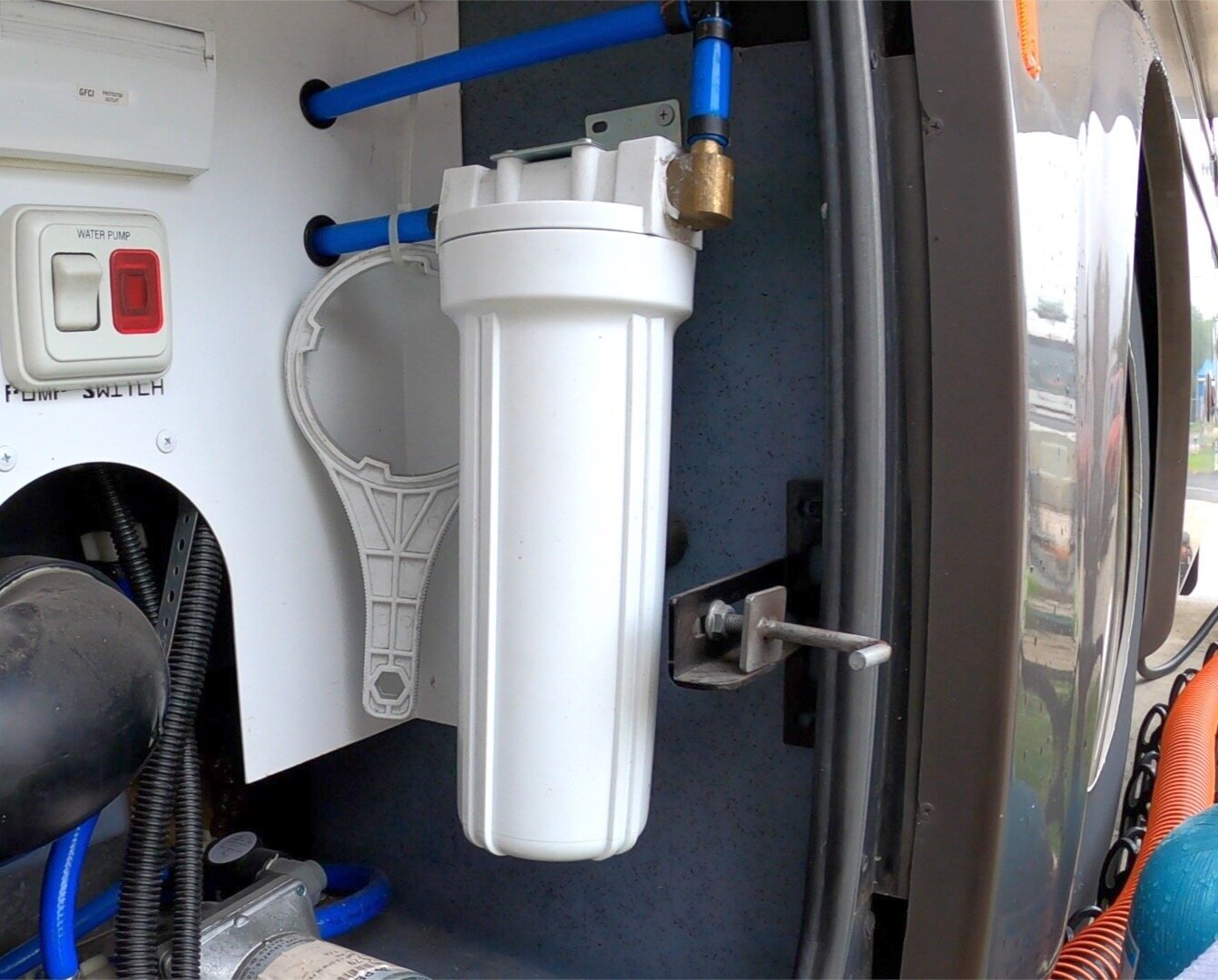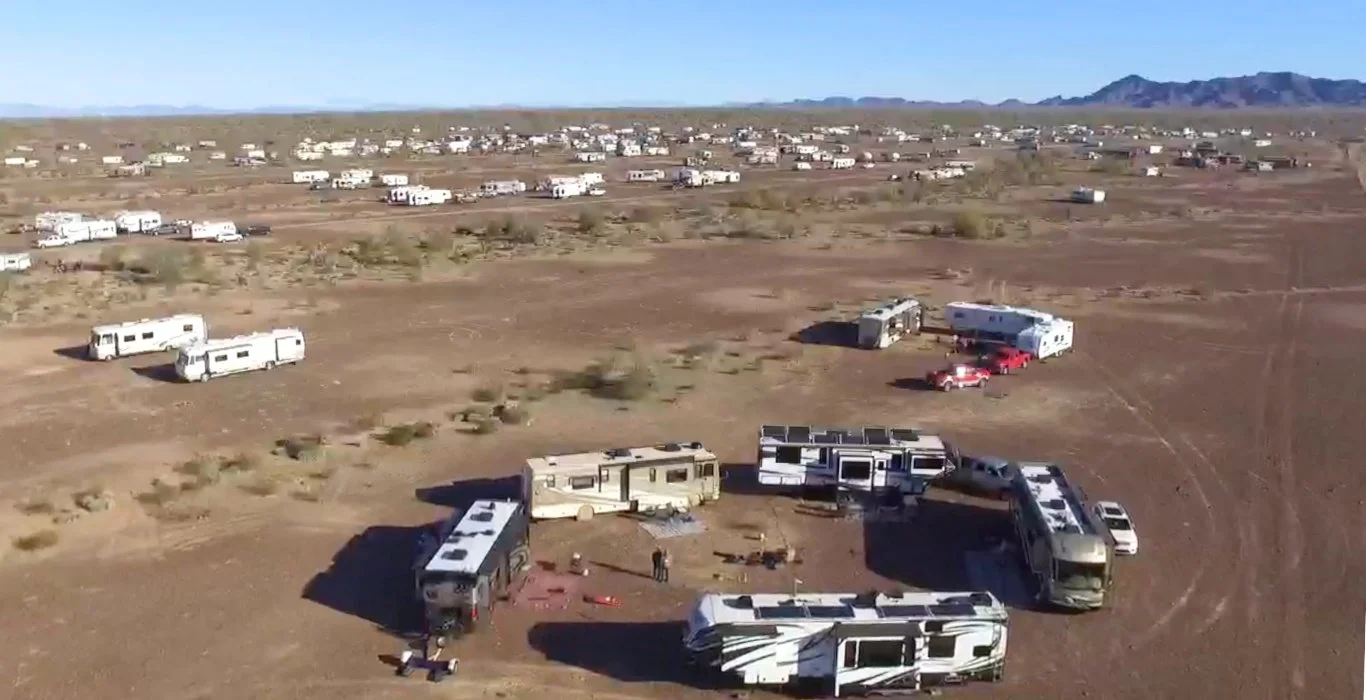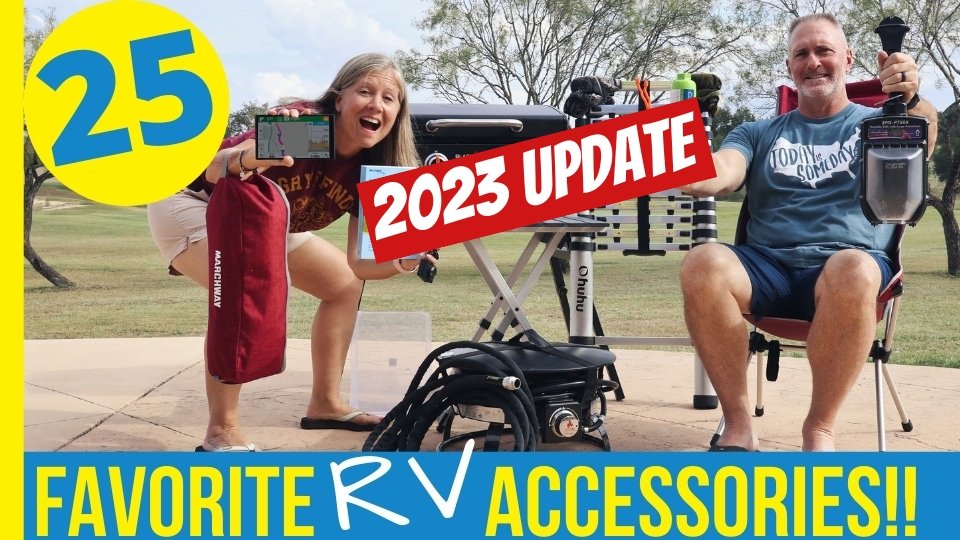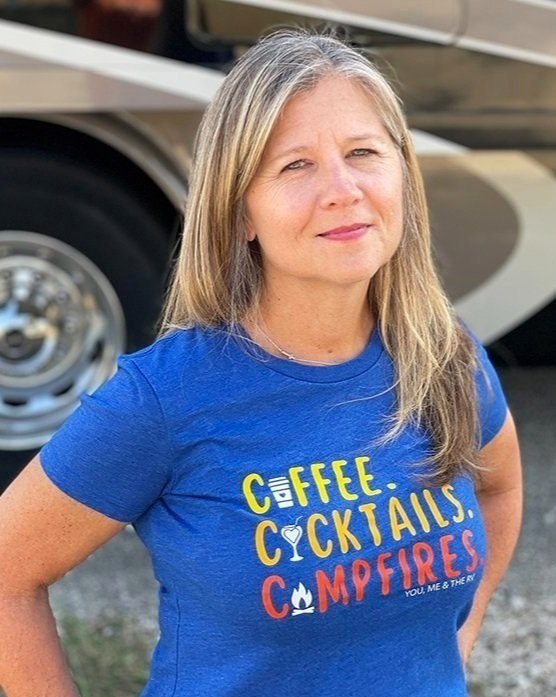RV Water Filters Made Easy
Discovering the perfect RV water filter can be an overwhelming task as there are countless options. We all desire water that not only tastes great but also ensures our safety while we embark on unforgettable RV adventures. Today, we will unravel the mystery surrounding each type of RV water filter, shedding light on what they can and cannot do for you. Then you will confidently select the ideal option for your RVing style. Say farewell to uncertainty and hello to refreshing, purified water!
RV Water Filter Basics
Before we talk about the specific RV water filters available, let's make sure we're all on the same page with the basics of water filtration. Curious about why we strongly endorse having a reliable water filter for every RVer? Take a peek at our informative blog post, The Best RV Water.
Taste & Smell
Tired of strange smells and taste in your water? Carbon, also known as activated charcoal, is the solution you are looking for. Not only does it eliminate chlorine and other disinfectant by-products, but it also removes odors and improves the taste of your water.
But how does carbon work its magic? By treating carbon with oxygen, it opens up countless tiny pores between the carbon atoms, activating the charcoal. This process increases the surface area, allowing the carbon to absorb a large amount of specific chemicals and trap them within its structure.
The effectiveness of carbon filtration depends on the size of these tiny pores, measured in microns. The smaller the pore, the better the filtration! Additionally, the speed at which water flows over the carbon affects its ability to trap contaminants. By slowing down the flow, more impurities can adhere to the carbon, allowing chemicals that aren't attracted to it to pass through.
Eventually, the pores in the carbon become saturated with trapped substances, causing the filtration to stop. When this happens, it's time to replace the filter.
So, if you're looking for a simple and effective way to improve the taste and quality of your water, carbon is your answer.
Remove Contaminants
Sediment from a Campground
Just like the pores of activated carbon, particles in water are measured in microns. But what does that mean for your filtering needs?
Imagine a colander, flour sifter, and a cheesecloth. Each has a specific purpose, right? Well, the same goes for water filters. It's important to understand the micron size and when to opt for a larger or smaller one.
To put things into perspective, particles smaller than 35 microns can't be seen without a microscope! So, when you're in the market for water filters, keep an eye out for the microns listed on the package. If a filter doesn't disclose its microns, chances are it's 20 microns or higher - possibly a lot higher!
So, don't settle for the unknown. Choose a brand that provides clear information on the micron size, because clean and clear water is worth it!
what CAN your water filter remove from your water?
Our current water filter solution
RV Water Options
Using the water from the campground is the easiest and cheapest way to go, and it’s also the best option for the environment. But how do you make sure the water from the campground tastes good? Most importantly, how do you make sure the water from the campground is safe for you and your RV? Don’t worry, we answer this question below! Keep on reading!
RV Water Filter Types
There are several types of RV water filters you can choose for your RV and there are advantages and disadvantages to all of them. Some are more convenient for RVers moving around quickly, while others may be a better option for RVers who stay in one location for a month or longer.
RV water filtration can have a wide range of price points and filtration levels. Hopefully, we can filter out the confusion so you can pick the right filter for your RVing lifestyle. The majority of RVers use inline water filtration attached to their water hose. Inline filters are widely available and simple to install. But unfortunately, not all inline filters are created equal.
Inline RV Water Filters
Inline RV water filters attach to your hose and filter the water before it gets into your freshwater tank. They are great for weekenders and shorter-term campers, as well as folks who move around a lot and want the convenience of a quick set-up.
We see this blue inline filter all over the campground. It is inexpensive, and you can pick it up just about anywhere. This filter contains activated carbon, so you think it does a good job improving taste and reducing smells and chlorine. But there are many downsides to this inline filter.
The granular loose carbon has difficulty filtering all the water molecules as it rushes through the filter. The water will burrow a hole through the carbon granules by pushing the carbon granules aside and traveling through the center, which can decrease the ability of the activated carbon to filter the water completely.
What’s more, this blue filter is rated at 20 microns. You can see from the micron chart above that very few contaminants are removed at this micron level.
RV Water Canister Systems
Pick up a Blue M3 Canister System for safer, better tasting water. Use our code to save 5%
If higher flow rates and longer filter life are appealing to you a canister system might be a better option for water filtration. Canister systems offer a higher GPM (gallons per minute) flow rate than most inline filters. They also use a replaceable filter that lasts longer than most inline filters.
Another benefit to the canister system is that you can create multiple stages of filtration. For example:
Stage One acts as a prefilter to block sand, silt, and sediment from entering your system.
Stage Two is for a carbon filter; the carbon absorbs the contaminants in the water, removing the color, smell, and taste issues that some campground water contains.
Stage Three adds a “less than 1-micron” filter to reduce illness-causing microbes. This is ultimately the best solution for your drinking water.
Stages of filtration
As with all RV water filters, you get what you pay for. The cheapest option is not always the best choice for your water filter goals.
First Stage
The first stage of filtration should be a larger bore filter to remove larger sediment. Something around 10 -20 microns would be adequate here.
Second stage
This stage should filter at a micro rate of about 5 to remove further sediment from the water. Also, this stage should be carbon to remove bad tastes and smells from your water. For the best filtration, use a solid carbon filter. Remember that more carbon is better because the more water comes into contact with the carbon, the better the filtration.
Third Stage
As you can see, at each filtration stage, the micron level drops lower, allowing the filters to remove smaller and smaller contaminants. This stage should be a filter with a micron level of less than 1. This stage can be accomplished in multiple ways; for example, an in-house canister filter (see pic), a filter mounted at your sink, a water pitcher filter, or even a filter in your refrigerator. This water is primarily for drinking and cooking, so you can choose how to reach this level.
Types of Canister Filters for Stage I
String Filter
String cartridges, also called string spun or string wound cartridges, are another way to remove sediment from your drinking water. These filters create layer after layer of filtration as water passes through the string layers. Once string cartridges become overloaded with sediment, the strings can loosen and shift, allowing debris back into the water. String wound filters are inexpensive but can’t be rinsed or reused.
String Filter
Usually 20 microns or higher
These filters remove sediment only. They usually only filter down to 20 microns, which leaves most contaminants behind. They will not remove chemicals or heavy metals dissolved in the water and won’t improve the taste or smell of the water.
Pleated Filter
Pleated Filter
Usually 20 microns or higher
Pleated filters have folded filter material to create a large surface area for filtration. Pleated filters are a great option because they have a low-pressure drop as water travels through the filter. Unlike string filters, this type of filter design offers consistency in filtration to the specific filter’s pore size. These filters also remove sediment only. They usually only filter down to 20 microns, which leaves most contaminants behind. They will not remove chemicals or heavy metals dissolved in the water and won’t improve the taste or smell of the water.
Cellulose Filters
Cellulose filters are organic components made from cellulose found in plants and trees. These filters can be prone to bacterial infestations because groups of microorganisms adhere to each other on the surface of the filter. Because of this, cellulose filters are not recommended for untreated water, like well water. Many campgrounds nationwide use well water, making this filter a poor option for RVers.
Cellulose filters can also deteriorate if kept in a filter canister for too long. Cellulose filters should be replaced after three months of continual use to prevent this breakdown. These filters are usually inexpensive and easy to find. Read your filter labels to see if it is made from cellulose materials.
Polyester and Polypropylene Filters
Polyester and polypropylene filters are synthetic materials that are more bacteria-resistant than cellulose and a good option for well water. These filters can be pleated or spun.
Types of Canister Filters: Stage II
Carbon Wrapped Filter
These are spun or pleated filters that have a covering of carbon. These filters will remove sediment and most of the chlorine from your drinking water. This will help to improve taste and reduce the smell. These are usually inexpensive and easy to find. But since they don’t have enough carbon to filter the water effectively significantly, they should be used more as a prefilter.
Solid Carbon Filter
Not all carbon filters are created the same. As we stated, water traveling through loose carbon may not always contact the carbon, which reduces its effectiveness. Solid carbon filters force the water through the filter, which means every drop of water will be filtered. So, it will do a better job of providing fresh-tasting water and eliminating that sulfur smell. The more carbon, the better the filtration. So we recommend solid carbon filters.
Inline vs canister water filters
Both inline and canister systems will give you clean freshwater. You just have to choose the best for your RV, travel style, and water needs. After years of inline filters, we finally switched to a canister system, and we are so glad we made the switch!
We chose the Blue M3 closed canister system. We love that it is made from stainless steel instead of plastics (I never worry about plastics leaching in the hot sun) and the quick release hoses are heavy duty and fast!
For more info on our system, head to Mobile Must Have. Use our discount code to save on your water filter purchase: SOMEDAY.
See how we mounted our canister system in the RV
Clear as Mud?
We hope this blog filtered the mud, making choosing an RV water filter crystal clear! What water filtration system are you using??
GET TRAVEL IDEAS, INSPIRATION, TIPS, AND MORE!
Join Phil & Stacy every Sunday for the exciting Today Is Someday Newsletter! Get ready to embark on epic travel adventures through our carefully curated articles. We're here to inspire, inform, and make your wanderlust dreams come true. But that's not all - we've got exclusive discounts, sales, and freebies just for our awesome subscribers. Don't miss a beat - sign up for our incredible newsletter below and let the travel magic begin!
Meet Stacy! Stacy and her husband, Phil, are a wanderlust couple who have been roaming the great USA for an epic 5 years! They ditched the daily grind to embark on thrilling adventures and inspire fellow dreamers to chase their travel dreams. Curious about how they do it? Check out their awesome youtube channel, Today is Someday, where they're spilling all the secrets to living a life on the move. Get ready to pack your bags and join them on this incredible journey.































